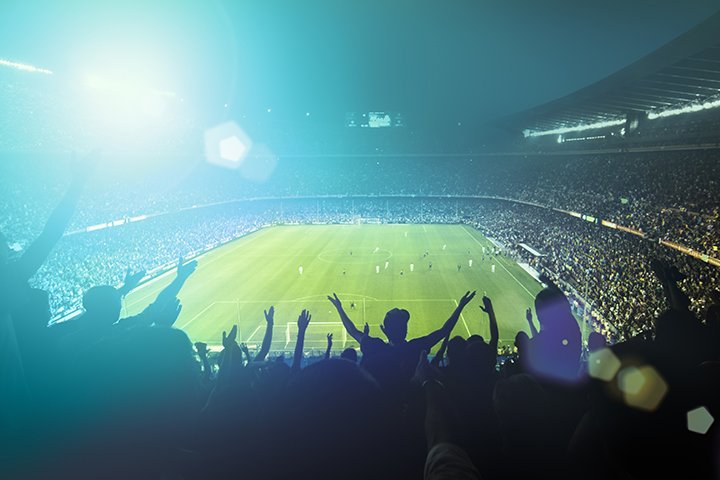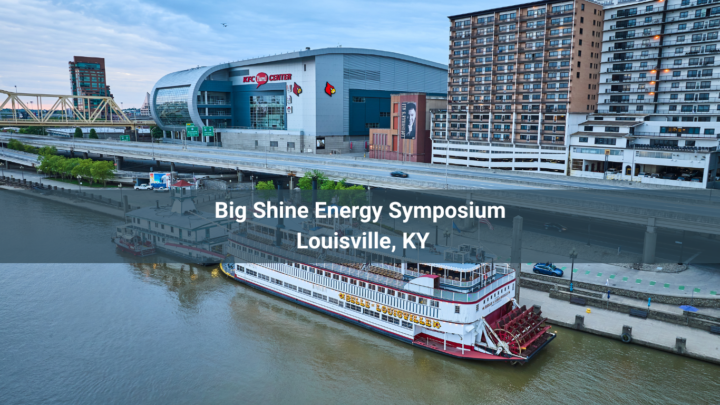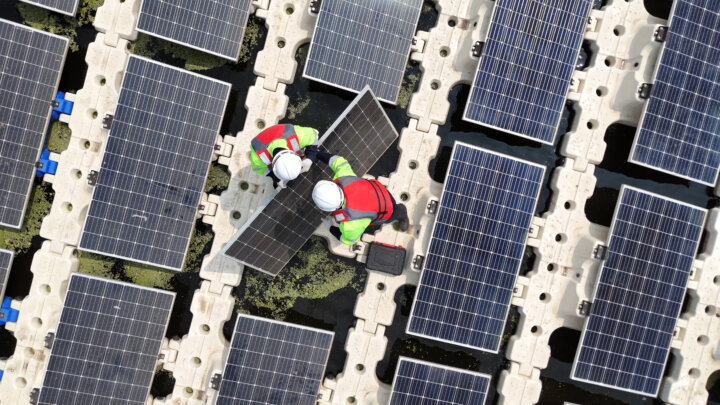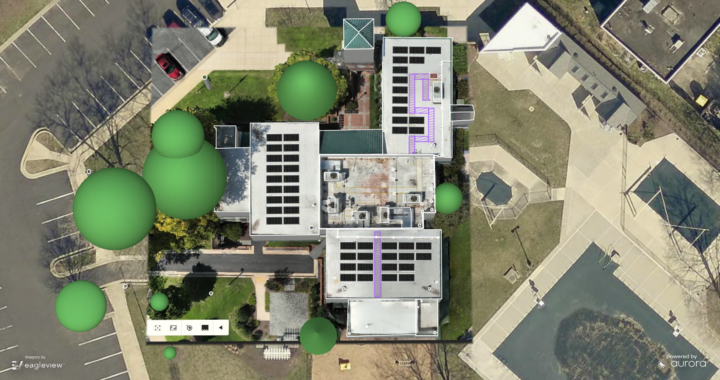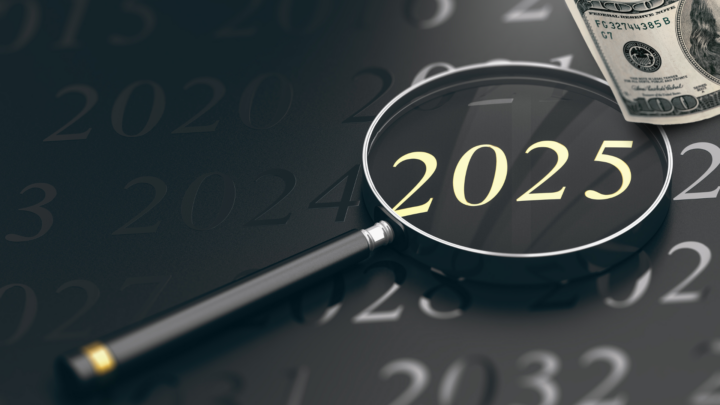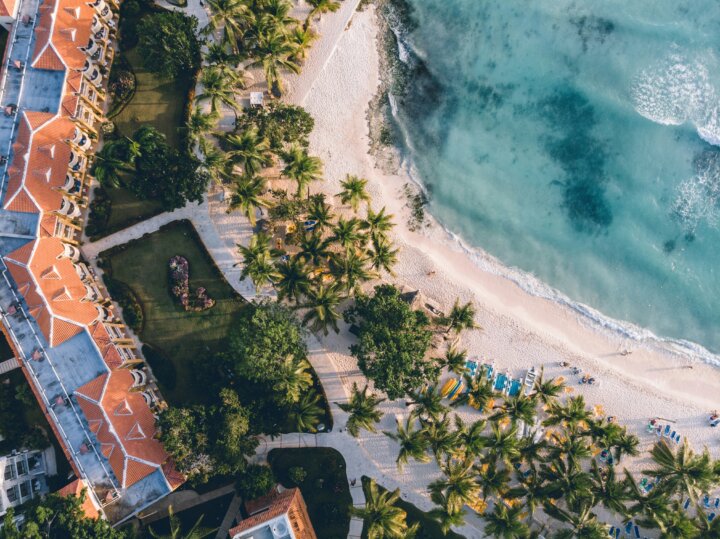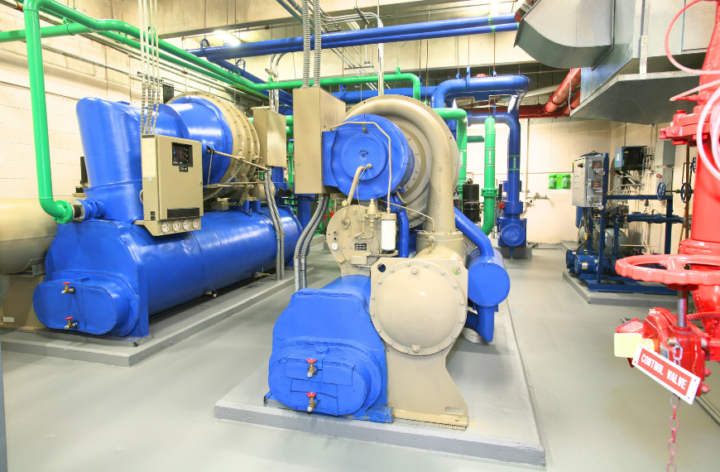Sustainable Management
Sports facilities are an extraordinary thing to be a part of. Management of a sports facility involves a great deal of effort and planning. Facilities that last the longest and give the most value are those that are economically, socially, and environmentally sustainable. These factors must be considered by the facilities manager and their decisions must support them. A successful facility should have longevity without costing a huge amount of money to run. So the decisions made by the facilities manager are highly impactful. One of the largest costs of sports facilities is lighting. Thousands in revenue can be spent each year on the cost of lighting alone. Then how can sports facilities managers benefit from careful lighting design?
The door for the next big improvement in sports lighting has been opened due to the advancement of LED technology. LED lights have a much longer L70 life compared to more traditional lighting such as metal halides. A 300W LED fixture can replace a 100W metal halide which becomes a 70% reduction in energy use, resulting in increased levels of illumination. In turn, maintenance costs are cut and far less energy is used, promoting longevity and sustainability.
One aspect that makes sports lighting unique is how complex it can be. The lighting design can’t be selected randomly. On the contrary, lighting for sports facilities requires thoughtful design. Below we’ve listed 6 important areas of concern that sports facilities managers face when choosing the best lighting for their venue:
6 Mistakes in Sports Lighting
1. Inadequate CRI – A high CRI (color-rendering index) is a necessity in sports lighting. Inadequate color rendering makes it difficult to discern plays, slowing reaction time and leading to eye strain.
2. Unidimensional Lighting – Sports lighting is unique. Instead of a two-dimensional work plane, the lighting designer must consider a three-dimensional space, accounting for the fans viewing from above, and the potential of the ball flying through the air. As such, lighting should enhance the three-dimensional appearance on the field through the combination of key light and multiple directions of fill light. These are essential both for optimum play and for the player’s safety. Insufficient lighting directions or improper placement can cause glare or sharp shadows.
3. Too much flicker – Most sporting events are documented on film, whether by amateur or media professionals. Artificial lights must have a low flicker rating to display smoothly on camera. How low depends on the recording speed in frames per second and the need for slow motion replay.
4. Non-uniform CCT – Media may have specific camera locations which must be individually tested, and the Correlated Color Temperature (CCT) of the lighting fixtures must be consistent with each other. Broadcasting imposes additional demands on the lighting, for example the European Broadcasting Union established the Television Lighting Consistency Index TLCI-2012 based on the properties of commercial video cameras rather than the human eye.
5. Wasteful lighting – Lights used for stadiums or sports arenas certainly need to be powerful, but power is not the only factor that needs to be considered. A fixture that measures a high lumen output upon installation may undergo rapid lumen depreciation, requiring replacement within 1-2 years. Owners and facility managers should explore powerful lighting options that have minimal lumen depreciation and maximum efficacy (lumens per watt).
6. Light spillage – Unrelated parties are affected by lighting at sports stadiums and arenas, such as neighbors, drivers and even pilots. If the sports field/arena is open and outdoors, the neighbors may experience a high level of “spill lighting,” causing light trespass through their windows. Drivers on adjacent roads will find the glare to be very distracting at night, and even pilots can be affected if the facility is close to an airport approach path. Light spillage can be controlled and minimized with engineered solutions that restrict beam angles to only the areas that need to be illuminated.
Careful Planning
Each sport has its own specific lighting requirements and considerations. Multi-sports arenas often involve compromises. For example, overhead fixtures at swimming pools should not be directed at more than 50 degrees from the vertical to prevent reflection. For retrofits of existing facilities, it is especially critical to develop a 3D rendering and photometric plan, not only to understand the differences between the original and the new lighting, but also to look for problem areas with existing fixture beam angles and locations that were just accepted as the “status quo,” or to anticipate problems such as spill lighting and glare. IES RP-6-15 and many sports associations publish extensive guides covering the special needs of sports lighting.
If you are considering a lighting upgrade for your sports facility, Big Shine Energy’s lighting experts can generate a 3D photometric rendering and help you make an informed decision that will be beneficial for spectators, players, and your facility. Contact us today to schedule a free audit.
